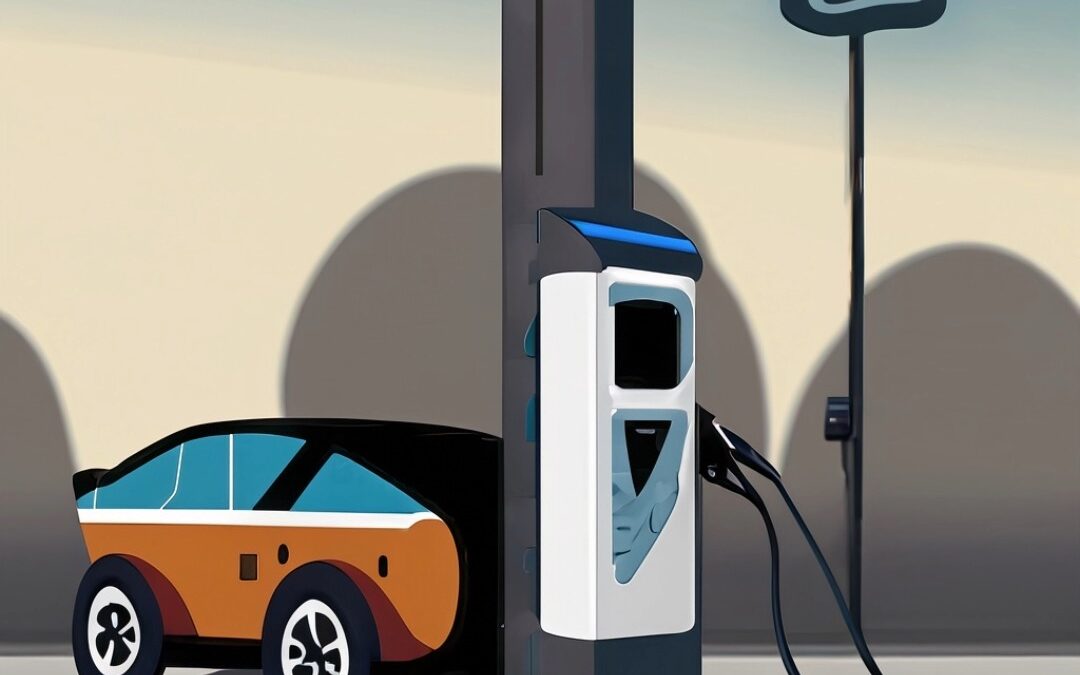
Concrete poles have evolved significantly in recent years, incorporating innovative technologies and sustainable practices. Let’s explore some key aspects:
- Prestressed Concrete Poles:
- Manufacturing Process: Prestressed concrete poles are commonly made using spin-casting or the long-line method. In casting, a steel form is partially filled with concrete and casting in the mould to achieve strength and durability.
- Advantages:
- Strength: These poles are robust and can withstand various loads, making them suitable for street lighting, security, and utility purposes.
- Durability: They resist weathering, corrosion, and decay.
- Versatility: Used for street lighting, security, and utility applications, including solar panel mounting2.
- Carbon Sequestration: Researchers have developed a process to store carbon dioxide (CO₂) in concrete during manufacturing. By using a carbonated water-based solution, nearly 45% of injected CO₂ can be captured and stored, contributing to sustainability.
- Innovations: Companies like Vertech Hume have introduced instant strip technology for manufacturing reinforced, round, hollow concrete power poles.
- Electric Vehicles (EVs) Integration:
- Game-Changing Concept: Concrete light poles now incorporate electric vehicle charging stations. This fusion of strength and convenience promotes eco-friendly transportation and urban sustainability.
- Growing Trend: EVs are gaining popularity due to environmental concerns, government incentives, and technological advancements. Concrete poles with integrated charging stations contribute to a greener future.
- Advancements in Concrete Technology:
- Smart Concrete: Embedded sensors, nanotechnology, and self-sensing concrete provide real-time data on structural conditions, ensuring proactive maintenance.
- Carbonation Process: Engineers use a carbonated water-based solution during concrete manufacturing to sequester CO₂ without compromising strength.
- Green Concrete: Made from recycled materials and eco-friendly production methods, green concrete enhances sustainability.
- Utility and Infrastructure:
- Centrifugal Spinning: Prestressed spun concrete poles are cast using high-speed spinning, resulting in high density and strength-to-weight ratio.
- Applications: These poles serve as lighting fixtures, utility poles, and camera mounts.
The concrete poles play a crucial role in our urban landscape, combining functionality, sustainability, and innovation. If you’d like more details or have specific questions, feel free to ask! 😊🌟
How do they integrate EV charging into concrete poles?
Incorporating electric vehicle (EV) charging stations into light poles may seem like a simple idea, but the technology behind this innovation is quite complex. It involves a combination of advanced materials, design techniques, and cutting-edge software systems that work together to make this concept possible. These integrated charging stations offer the following benefits:
- Seamless Integration: EV charging components are discreetly embedded within the concrete pole, maintaining the pole’s aesthetics and functionality.
- Strength and Durability: Concrete provides a sturdy structure to support the charging equipment, ensuring long-lasting performance.
- Urban Convenience: Drivers can charge their EVs conveniently at existing light pole locations, reducing the need for dedicated charging stations.
- Sustainability: By utilizing existing infrastructure, cities promote eco-friendly transportation options and reduce carbon emissions.
As technology continues to evolve, we can expect further innovations in this space, making our cities more sustainable and efficient. 🌟🚗
Tell me about any successful implementations of these integrated poles.
Certainly! The integration of electric vehicle (EV) charging stations into concrete light poles is a game-changing concept that combines the strength and durability of concrete with the convenience of EV charging. Here are some notable implementations:
- Pole-Mounted Chargers (PMCs):
- Modularity: PMCs can be installed in a matter of hours, compared to weeks for ground-mounted units. Their modularity allows easy relocation to different poles, adapting to changing curbside needs.
- Seamless Integration: These chargers blend seamlessly into existing urban infrastructure, providing convenient charging options for EV owners.
- Wireless Charging in Motion:
- Indiana’s ASPIRE Initiative: The Indiana Department of Transportation (INDOT) partnered with the ASPIRE Initiative to implement a three-phase project. German startup Magment GmbH supplies magnetizable cement for wireless, in-motion charging of EVs.
- Dynamic Charging: EVs charge while driving over specially equipped road segments, eliminating the need for stationary charging stations.
- Smart Pavement with Inductive Charging:
- Precast Concrete Panels: Smart Pavement incorporates technology into each panel, enabling wireless charging. Only a fraction of the panels need charging coils, making it efficient3.
- Adaptability: Smart Pavement adapts to various locations, including parking lots, highways, and urban streets.
These innovations not only promote sustainability but also enhance urban convenience, making EV charging accessible and efficient. 🌟🚗
= > Let’s share your thoughts on this subject with us via hello@manchukonda.com
🖊️Bureau Chief : Bheemesh Kacharagadla, Manchukonda™ Insights Magazine

